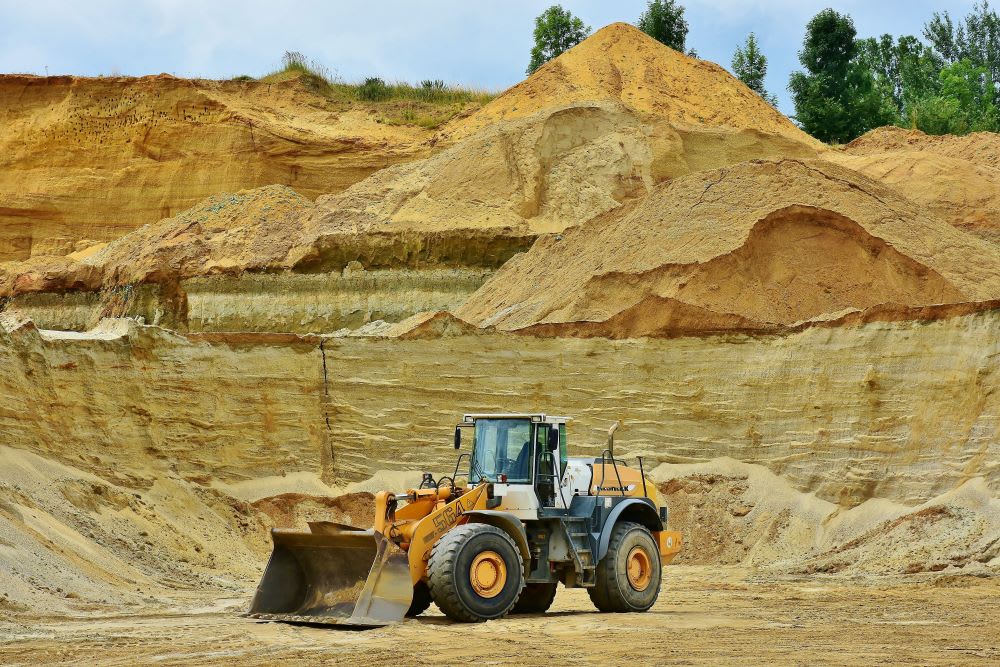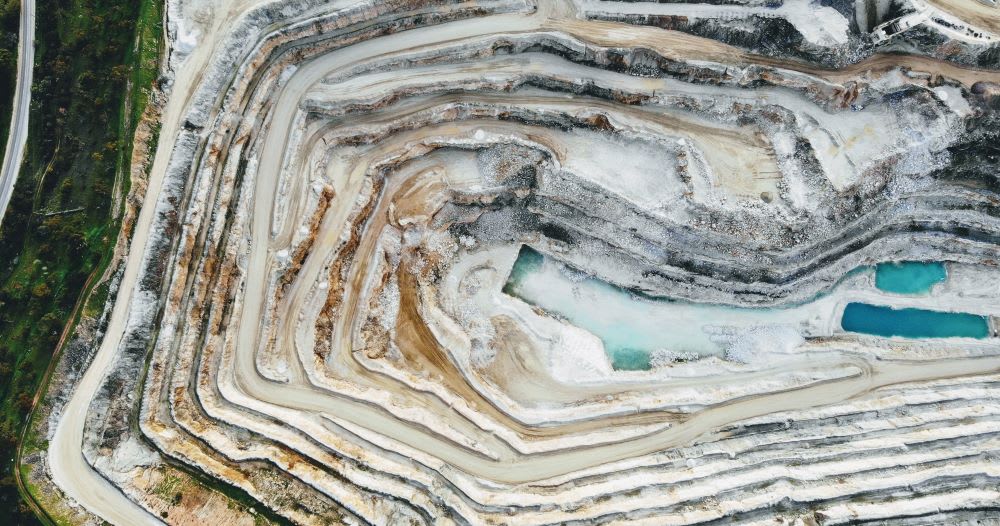- Published 22 Feb 2024
- Last Modified 6 Mar 2024
- 5 min
Achieving Environmental Management in Sustainable Mining
Learn how environmental monitoring equipment like air quality testers can aid in achieving sustainable mining practices in Australia’s mining industry.

Australia’s mining industry is on an upward trajectory with a projected compound annual growth rate (CAGR) of 2.89% between 2023 and 2028. At the same time, concerns about the industry’s sustainability and environmental impact continue to rise, both from critics and insiders alike. In order for mining companies to maintain their relevance and reputation with an increasingly eco-conscious consumer base, proactive measures must be taken to improve and implement sustainable mining practices.
Thankfully, the mining industry has already begun to recognise the importance of reducing its environmental footprint. This shift towards sustainable mining practices not only responds to global environmental concerns but also aligns with changing local regulations and community expectations.
One effective strategy in this regard is the use of environmental monitoring equipment, including CO2 sensors, air quality testers, and air quality monitors, which play a pivotal role in managing and reducing the carbon footprint of mining operations.

The Role of Environmental Monitoring in Mining
Environmental impact monitoring is a key component of sustainable mining. It involves assessing and managing the effects of mining activities on the environment, providing companies with real-time data to make informed strategic decisions. Through comprehensive data analysis, companies are equipped to adjust their practices in order to adhere to environmental regulations and demonstrate their commitment to sustainable practices. Such monitoring is also crucial in protecting Australia’s diverse and sensitive natural landscapes so that the country’s economic growth doesn’t come at the expense of its natural beauty.
Environmental Monitoring Devices: Ensuring a Safe and Sustainable Environment

Sustainable mining doesn’t just involve a company’s carbon footprint – it extends to how they treat their workers and personnel, too. In Australia's mining industry, where large-scale excavations and machinery operations are a norm, devices such as air quality monitors and moisture meters complement mining PPE by helping to assess and manage changes in the environment. They detect a range of pollutants, including particulate matter, humidity, and gases, that can harm workers' health and the environment. For example, in coal mining operations in Queensland, air quality monitors are essential for detecting methane and coal dust, both of which pose significant health risks.
Besides air quality, water quality sensors are vital in monitoring the impact of mining on local water bodies. In regions like Western Australia, where water scarcity is a concern, maintaining water quality is paramount. Similarly, noise level meters are used extensively to ensure compliance with sound pollution standards, especially in mines close to residential areas.
A combination of such monitoring devices helps to form a comprehensive environmental management system with 360-degree oversight of a company’s environmental impact. As such, they are indispensable tools for mining companies aiming to minimise their environmental and social impact while maintaining operational efficiency.
Best Practices for Implementing Environmental Monitoring Tools
For effective environmental management, selecting the right environmental monitoring tools is key. In the iron ore-rich Pilbara region, for example, dust monitoring is a key environmental concern. Here, selecting dust monitors that can withstand extreme temperatures and provide accurate readings is essential.
It's important to choose devices that are suited to the specific conditions and requirements of different mining operations. Once the appropriate tools are selected, it's crucial to install them at strategic locations to capture representative environmental data effectively. Proper installation, regular maintenance, and training for workers are also essential to ensure their effectiveness in the long run. This approach not only contributes to environmental sustainability but also enhances the overall safety, productivity, and cost efficiency of mining operations and empowers employees to make informed decisions about environmental management.
Discover Air Quality Monitors by RS
The integration of environmental monitoring tools is a crucial step towards sustainable mining in Australia. By adopting these technologies, mining companies can significantly reduce their environmental impact while ensuring compliance with regulations and industry standards.
RS Australia recognises the importance of environmental monitoring tools in the pursuit of sustainable mining, and we encourage mining companies to adopt these technologies to monitor and manage their environmental impact effectively. Our range of air quality monitors and other environmental monitoring devices come from renowned global suppliers to help meet the diverse needs of the Australian mining industry and support companies in achieving their sustainability goals.
Popular Air Quality Tester Brands
Renesas Electronics
Renesas Electronics is known for its innovative environmental monitoring solutions, including advanced air quality testers. Their products are designed to provide accurate and reliable data, essential for mining operations focused on sustainability.
Related links
- Air Quality Monitors
- Breathing Easy: The Essential Guide to Air Quality and Humidity...
- Towards Sustainable Mining Practices in Australia
- Advancing Miner Safety with Air Quality Monitors
- Sensirion SGP41-D-R4 VOC Air Quality Sensor for NOx, VOC Monitoring
- Overcoming Challenges: Cable Management in Harsh Mining Conditions
- The Role of HVAC Systems in Mining Air Quality & Humidity
- Environmental Sensor ICs